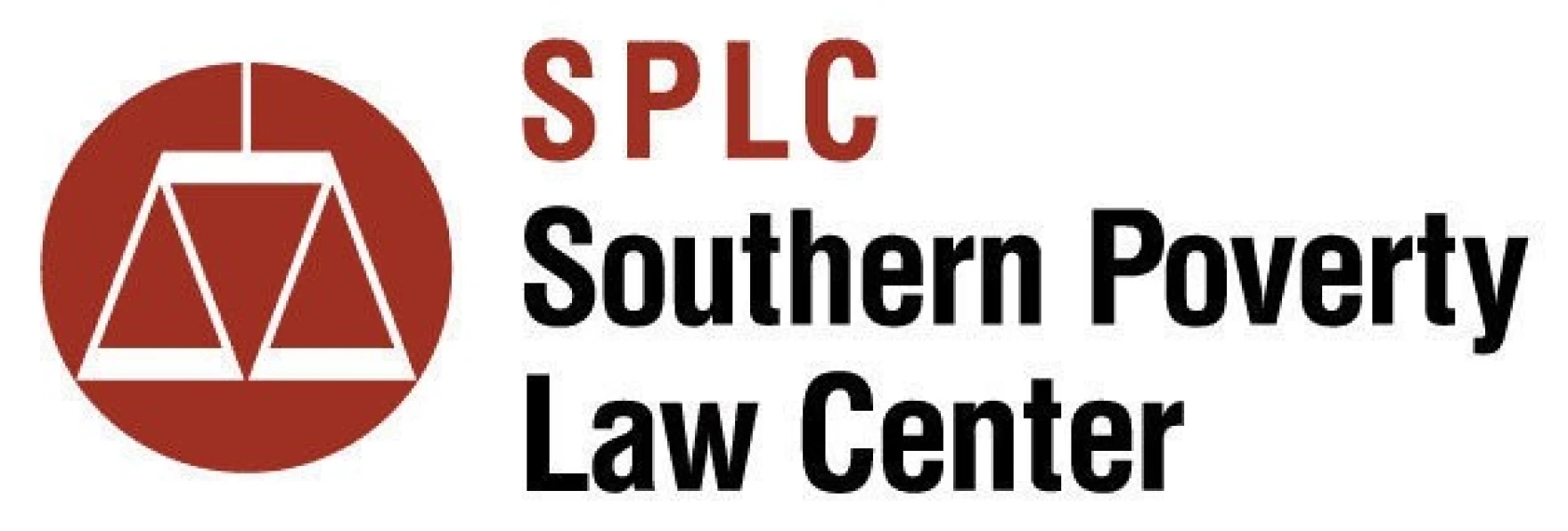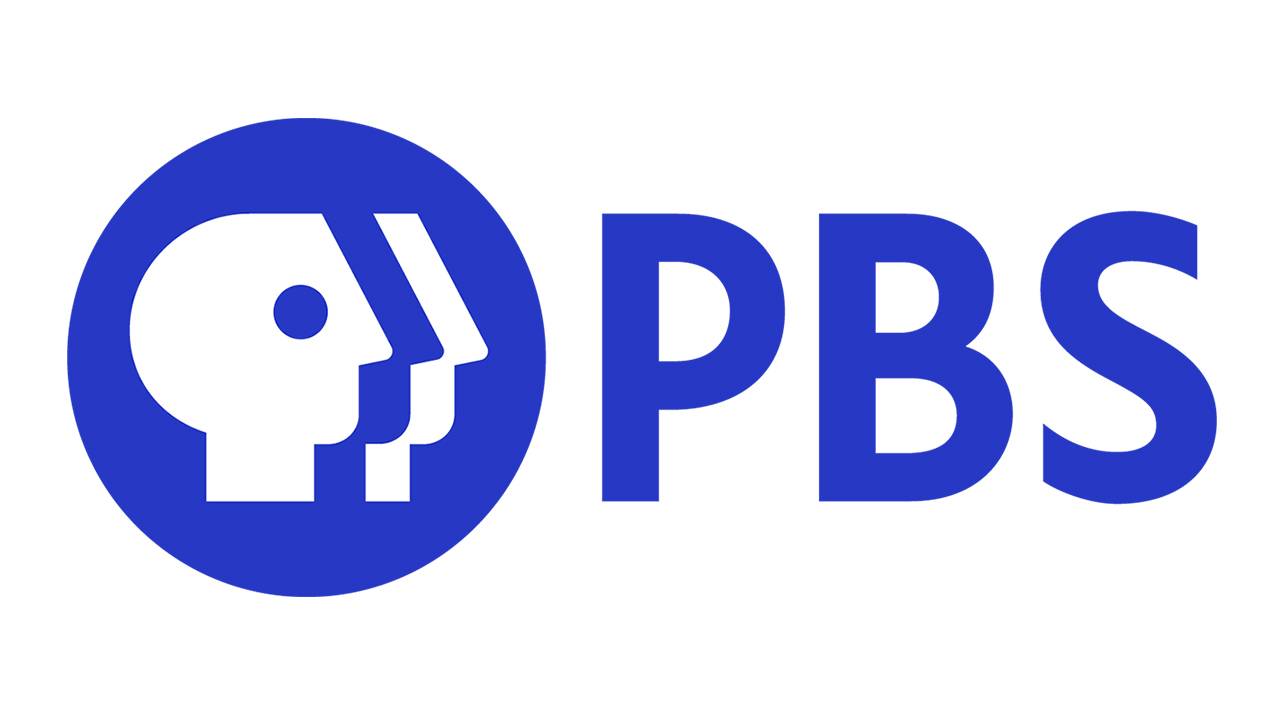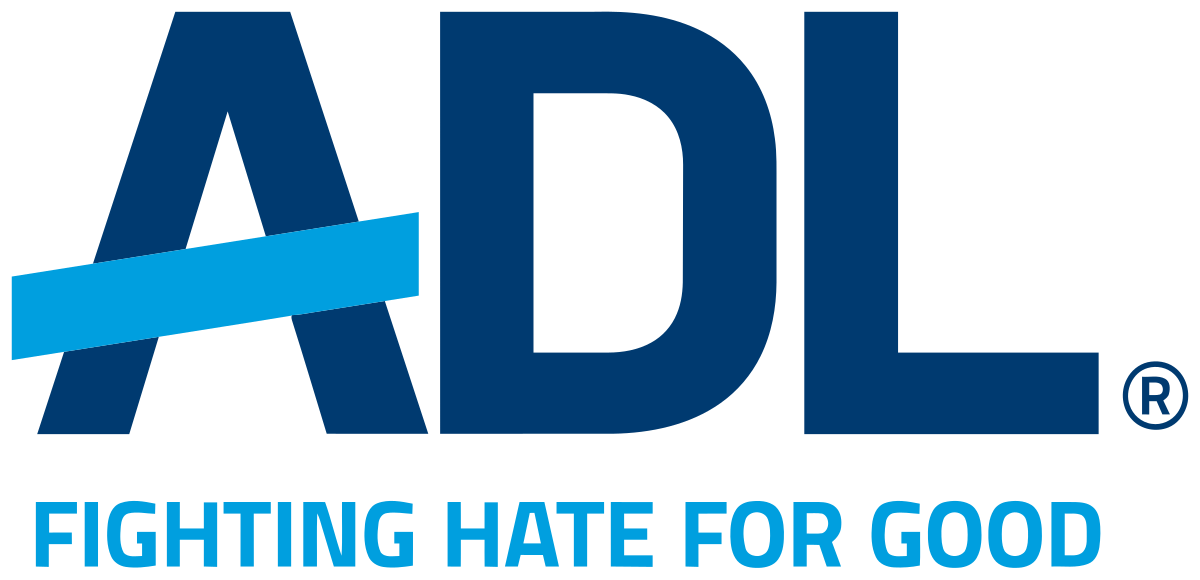A role for teachers and students in illuminating and fixing our nation’s justice problem | By Kevin M. Keenan and Britt Masback |
Whether you’re a teacher or student—and whether you’re preparing for Martin Luther King Jr. Day, Black Lives Matter at School Week, or Women’s History Month—it’s time to develop a lesson plan on justice reform.
Teachers and students are on the front lines of some of our justice system’s toughest issues—shootings in schools, immigration enforcement, disproportionate disciplining and policing of youth of color, and untreated trauma from being a witness to violence. Yet despite a vibrant bipartisan movement for justice reform in this country, teachers and students aren’t sufficiently enlisted to address these issues.
Many students and teachers are natural leaders, as Black teens fighting gun violence have shown for decades, joined since 2018 by the impressive multiracial movement led by Parkland teens.
One obvious way to enlist more students and teachers in the movement is to teach in our schools about the problem and the emerging solutions. But few lesson plans, units, or curricula on justice reform exist, and the ones that do tend to become outdated quickly and focus only on the problem. More and better models are needed.
To help, we compiled some educational resources in the chart below. Here are our suggestions on what should go into these teaching materials:
- Follow best practices and adhere to curriculum standards. To adequately introduce justice reform, Vera recommends a unit for ninth to 12th graders with a minimum of three lessons, developed using backwards design and with reference to your state’s core curriculum standards. Two examples: the New York State–aligned English Language Arts (ELA) unit for 11th graders “Let the Punishment Fit the Crime” teaches building evidence-based arguments, and this Washington State math lesson teaches students how to analyze data on police complaints. Be sure to include modification options for different kinds of learners.
- Provide a frame for describing the entire justice system. Even lesson plans that tackle only one topic should start with a social and historical context and an overview of the system before digging in. The New York Times’ “Justice for All? Teaching about Crime and Justice in America” and the Southern Poverty Law Center’s “Teaching The New Jim Crow” do a good job of this.
- Address racial disparity, racial discrimination, and intersectional concerns in the justice system. The SPLC has a helpful chapter on talking about race with students. See also the University of Washington’s lesson plan on “Implicit Bias and the Criminal Justice” (DOC); the Anti-Defamation League’s materials on “Privilege, Discrimination, and Racial Disparities in the Criminal Justice System”; and Seattle Education Association’s Black Lives Matter at School lesson plans. To go deeper, draw from the African American Intellectual History Society’s Prison Abolition 2.0 syllabus, its #CharlestonSyllabus, and Dr. Jesse Carr’s syllabus on racial violence.
- Develop a plan that’s easy to update. Justice reform changes fast. The ideal lesson plan should provide a core foundation for each topic, one that can be built upon with articles and videos about recent or breaking news items. Vera has not found a good model for this and would love to hear your suggestions.
- Focus on reforms and solutions, not just problems. When seeking to develop engaged civic actors, it is important to convey that progress and change are possible—by showing what is being done to innovate, test, and implement solutions and improvements. For example, Street Law’s Chasing Gideon: Issues in Public Defense starts with members of the class envisioning an ideal model of legal counsel, then contrasts that with real stories and profiles. It concludes with students poring over possible solutions and next steps. And although it’s not a lesson plan, Vera’s report The State of Justice Reform annually highlights the latest reform solutions being pursued across the country.
These are just a few examples that may be useful in designing a lesson plan. More examples are described below. Let’s muster the power of students and teachers to transform the U.S. justice system.
| Justice for All? Teaching about Crime and Justice in America New York Times Learning Network  | With links to key articles (mostly its own), the paper of record efficiently lays out summaries of each topic, suggested activities, and a reference to curriculum standards. It is enough to get any teacher started with a good overview of the problems of the whole system, but it lacks a focus on reforms, solutions, and how people can and are making things better. Topics: mass incarceration, mandatory minimums and sentencing, stop-and-frisk, juvenile justice, restorative justice, death penalty, right to counsel. (2013) |
| Teaching “The New Jim Crow” Teaching Tolerance Southern Poverty Law Center  | If there is a Great Gatsby of justice reform, it is Michelle Alexander’s 2012 book, The New Jim Crow: Mass Incarceration in the Age of Colorblindness. This 10-lesson teaching guide builds in ample time for Socratic style discussion, assessment, and inward reflection. It could serve as the foundation for a full course on the problems of our justice system. We recommend supplementing it with recent news articles about the issues and especially reform-minded extension projects. Topics: mass incarceration, mandatory minimums and sentencing, juvenile justice, restorative justice, death penalty, right to counsel. (2014) |
| Time Served – Now What? PBS – POV episode The Return  | Focused on reentry, this curriculum uses clips from a POV episode called “The Return,” which tells the story of incarcerated people in California returning home after several reforms in 2012. The site itself is a model for curriculum providers, offering not just a lesson plan, but a discussion guide, reading list, and screening toolkit. The lesson plan also examines the way in which inadequate re-entry policies have torn communities apart. It leaves time for student reaction and exploration; expertly uses personal stories, historical and cross cultural evidence; and provides a compelling mix of video, oral and written work. This curriculum provides a set of experiences that illustrate the need for change, and an overview of the policies that are amenable to that change. Topics: sentencing, restorative justice, re-entry. (2016) |
| Incarcerated America (PPT) Carolina K-12 University of North Carolina  | A two-class lesson plan on mass incarceration, this offering from the North Carolina School system provides thoughtful, engaging activities to explore the issue, including a mock committee meeting of the state legislature. By examining the morals and values behind our country’s prison hierarchy, participants are better able to understand and digest the reviewed historical trends. The lesson transitions nicely to an interactive policy reform debate. Unfortunately, the document does not link to the articles and resources referenced. Finally, the plan focuses on student ownership and opinion and would benefit for more time on instruction.Topics: sentencing, mass incarceration, jails and prisons, restorative justice, re-entry. (2012) |
| Chasing Gideon: Issues in Public Defense (.DOC) Street Law  | Based on Karen Houppert’s book Chasing Gideon: The Elusive Quest for Poor People’s Justice (The New Press 2013) and a thirty minute video “Defending Gideon” by The Constitution Project , this Street Law lesson effectively communicates the importance of the Constitution’s promise of legal representation and how, under current constraints, it is failing to deliver justice for America’s low income people. The plan, which is accompanied by a teacher’s guide and five hand-outs, moves from identifying issues to suggesting and analyzing solutions. It uses video clips, the story of a representative case, and state policy reforms, as well as suggested extensions. Topics: sentencing, right to counsel, court system, legal precedent. (2013) |
| Privilege, Discrimination, and Racial Disparities in the Criminal Justice System (PDF) Anti-Defamation League  | ADL offers numerous lesson plans on recent, high-profile issues involving fairness and discrimination, including several related to criminal justice. This one was created in response to the 2014 shooting of Michael Brown in Ferguson, Missouri, and reviews the system wide problems that contribute to police shootings of unarmed African Americans. Instead of focusing on specific policies, students are led through an overview and discussion about unearned privilege and the racial disparities in the criminal justice system. Self-described as an “advanced” lesson plan, it is recommended for teachers with a firm grounding in anti-bias education (and provides some helpful pointers to get to that). It Relying heavily on group discussion and students work with material that exposes the vastly different relationships that people of color have with the justice system. Like many of the other lesson plans, however, it does not point the way to reforms undertaken to facilitate rapid change. Topics: police conduct, police-community relations, criminal justice identity disparities. (2014) |
| Crime and Punishment Deliberating in a Democracy Constitutional Rights Foundation (CRF) of Chicago, CRF of Los Angeles, Street Law | This site — an international collaboration led by three civic education groups in the United States — offers a range of lesson plans in several languages (see each organization’s separate sites for additional lesson plans). This one is short(45 minutes not including homework and suggested reading extensions),but it does what it intends: getting students to engage with the major arguments for and against the death penalty, with one glaring omission — it does not address the issue of race. The materials review the traditional motivations for capital punishment (retribution, deterrence, incapacitation) and compare the punishment as it exists in different countries. After reviewing arguments for and against the death penalty, students argue one side, then are required to argue the opposite side. The plan is lacking substantively in important ways, but has the novelty of being short, international, and offered in different languages. Topics: death penalty. (2011) |
| A Brief History of Stop-And-Frisk (PDF) The Lowdown KQED Learning | This lesson plan focuses on police conduct, specifically the history and practice of “Stop-And-Frisk.” Apart from a beautifully-designed slide presentation, the plan offers few resources. Topics: police conduct, police-community relations. (2017) |
| Implicit Bias and the Criminal Justice System (PPT) University of Washington Law School | This lesson plan could serve as a useful introduction to other criminal justice lessons. The 60 minute seminar-style lesson focuses on distinguishing one’s own biases and understanding how larger scale biases can affect the fairness of our police, prosecutors, and courts. The activities are fairly rudimentary and the plan is not adequate by itself, but it presents a very important concept – implicit bias — in a way that could usefully frame other lessons. Topics: Implicit Bias, Stop-And-Frisk, Sentencing.(2014) |
| Additional Resources | These four resources will help teachers and students in different ways to prepare a lesson plan or conduct research for a project or paper. “The Record” aggregates news articles every day on every aspect of the justice system. “The State Of Justice Reform” is an accessible annual primer on a dozen topics and six “lenses” (intersectional slices of those topics, such as Racial Justice, Bipartisan Support, Disability, and Public Health). “Reforming Criminal Justice” contains four volumes of articles that cover history, context, and current approaches. “How To Teach Kids About What’s Happening in Ferguson”is a curated list of articles, books, poems, music, and films, written by the initiator of the crowd-sourced #FergusonSyllabus. The Record, The Marshall Project The State of Justice Reform, Vera Institute of Justice Reforming Criminal Justice, The University of Arizona School of Law How To Teach Kids About What’s Happening in Ferguson, Dr. Marcia Chatelain, The Atlantic |
| College and Graduate Syllabi | Students and teachers who want to dig deeper can draw from from these more advanced syllabi. Dr. Jesse Carr compiled several of these syllabi and others on racial violence in the United States on his site State Sanctioned. Another rich resource is the website of the African American Intellectual History Society. Prison Abolition 2.0, Dr. Dan Berger, Dr. Garrett Felber, Dr. Kali Gross, Dr. Elizabeth Hinton, Dr. Anyabwile Love (2018) #CharlestonSyllabus, Dr. Chad Williams, Dr. Kidada E. Williams, Dr. Keisha N. Blain Police Violence and Social Control, Dr. David Correia (UNM 2015) Policing Latinidad: From Border Wars to Mass Incarceration, Dr. Marisol LeBron (Duke 2015) The War on Crime: Crime, Criminalization, and Urban America, Dr. Pia Moller (Univ. of Wisconsin Madison 2014) Abolition: Slavery Supermax and Social Movements, Hope Metcalf, Judith Resnick, and Sia Sanneh (Liman Public Interest Workshop, Yale Law School 2011) America’s Death Penalty, Dr. Austin Sarat (Amherst 2011) Race and the Criminal Justice System, Dr. Joao Vargas (Univ. of Texas 2011 |
